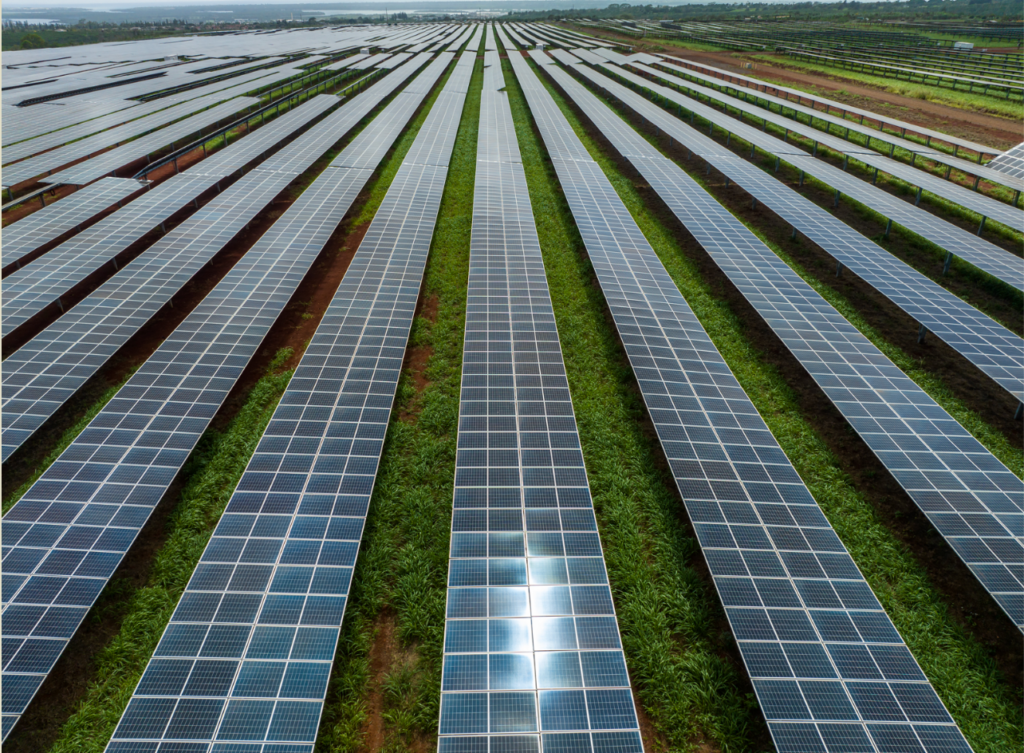“Thank you Hawaii Electric for providing this outstanding example of applied renewables. My state of South Carolina and neighboring states are planning similar renewables plus battery storage. Your experiences are helpful.”
President Biden is reported to be considering having the EPA accelerate the shut down of coal plants across the U.S. and force the demise of Internal Combustion Engine. This is about as Un-American as anything I have ever heard or read.
On the issue of shutting down coal plants and replacing with renewables, Hawaii comes to mind as an outstanding experiment. In 2020 I wrote how this would be a “Glimpse Into the Future of the ‘Green New Deal’.” Well, now we are there. The last coal plant in Hawaii was shut down, they installed much generation capacity in renewables and added the largest or at least, one of the largest Battery Storage Systems in the world. How has it worked out? Here is an update of my June 2020 Blog.
——————
“Huge Kapolei Battery Plant Replaces Coal at Hawaii Electric“
That is the headline of the Canary Media in December 2023. Here is the background as reported in the American Civil Engineering Society article, by Jay Landers:
Among U.S. states, Hawaii has some of the most ambitious mandates for shifting from fossil fuels to renewable energy sources to generate electricity. To achieve these mandates, the state aims to rely heavily on battery energy storage systems to provide backup power when intermittent sources such as solar and wind are insufficient or unavailable. On the Hawaiian island of Oahu, a large and sophisticated battery energy storage system recently came online, marking a key point in the state’s efforts to move toward a future of 100% renewable energy.
December startup
Situated on eight acres of industrial land, the Kapolei Energy Storage project comprises 158 Tesla Megapack 2 XL lithium iron phosphate batteries, which are about the size of a shipping container. All told, the KES project provides 185 MW of total rated power capacity, or the largest possible instantaneous discharge, and 565 MWh of energy capacity, or the maximum amount of stored energy.

The system can meet 17% of Oahu’s electricity demand for three hours at peak load or six hours at half load, Brandon Keefe, the executive chair of Plus Power — the company that developed the project — told USA Today. Plus Power “develops, owns, and operates standalone battery energy storage systems that provide capacity, energy, and ancillary services, enabling the rapid integration of renewable generation resources,” according to the company’s Jan. 11 news release announcing the start of operations at its KES facility.
As a percentage of the electricity system that it serves, the KES project is larger than any other battery storage project in the world, Colton Ching, the senior vice president of planning and technology for the Hawaiian Electric Co. Inc., told USA Today that Hawaiian Electric serves 95% of Hawaii’s 1.4 million residents on the islands of Hawaii, Lanai, Maui, Molokai, and Oahu. Each of the islands has its own independent power grid. On Oahu, Hawaiian Electric serves approximately 307,000 customers.
Back in mid-2020 I wrote…
Hawaii is a model of the impact of applying carbon free electricity generation policies before storage technology catches up. “Green Policies” do not necessarily result in “Green Power” as I will close with the actual power generation in real time. As an engineer specializing in efficient and clean coal power generation for five decades, whenever a coal plant shutdown is in the news, it catches my attention. So, when I read about the plans to shut down the 180 MW, AES Barbers Point Coal Plant near Honolulu, it caught my eye.
The title of the article in the Honolulu newspaper sums it up nicely: “Our Cheapest Power Is About to Go Away……. In 2016, HECO paid AES Hawaii an average of 5 cents per kilowatt hour. During the same period, wind was about 20 cents per kilowatt hour, solar about 21 to 23 cents.”
Hawaii is a perfect laboratory to show the effect of implementing extreme green policies on electric generation. Why? Because as islands, they are not connected to the US Grid. Therefore, the policies as implemented will create a fairly swift impact on electricity prices. According to the EIA, the highest retail electricity price in the U.S.A.: Hawaii at $0.3099/kWh.
I continued:
Digging a little deeper the plans for the future are for 52% Renewables by 2021 and 100% Renewables by 2045. As the Democrats in congress push for the new Green Deal, Hawaii offers an example of the adverse impact on electricity prices. Later, when Barbers Point is shut down, reliability could also become an issue.
If you are interested in the fuel mix for generation on the island of Oahu, here is a link for the real time power generation. As this is written (3/24/2020), I checked and 86% of the power was Fossil Fuels and of the 14% Renewables, they include 9% from the thermal waste to energy facility, 5% wind and because it was early morning, 0% solar.
I have always advocated a “Balanced Portfolio of Generation”. A plan to include LNG, Coal, Renewables, Oil and Waste to Energy would have been wiser, in my opinion.
Update!
Here is the update on electric rates by the EIA, Residential rate, $0.416/kWh, a one-third increase. Yes, Hawaii Electric remains the highest cost electricity provider in the U.S. This did not need to happen to Hawaii and there is time to stop the Climate Policy madness for the rest of the states.
Many of my knowledgeable friends have suggested that if the U.S. was to try to apply 100% Renewables, it would be a very good idea to first apply this to one electric supply system, rather than force green energy on all of the states. Well, here we have a completed experiment. Hawaii has passed the test of being the first experiment of applying the “Green New Deal”. Thank you Hawaii Electric for providing this outstanding example of applied renewables. My state of South Carolina and neighboring states are planning similar renewables plus battery storage. Your experiences are helpful.
———————————–
References
- Dick Storm Blog post, Hawaii, Green New Deal, A Glimpse into the Future, June 3, 2020
- Huge Kapolei Battery Plant Replaces Coal at Hawaii Electric‘, Canary Media
- ASCE Report/update on the 180 MW Battery Storage at Hawaii Electric, March 12, 2024
- EIA List of U.S. Electricity Rates (December 2023) Hawaii Top Rate for Residential: $0.416/kWh
- “Biden Officials Mull Quicker Death of Coal Plants”, Physics.org News, March 19, 2024
Power generation expert Richard “Dick” Storm writes at Thoughts on Energy, Education, Prosperity & Environment. He describes his career as follows:
God Blessed me with good health to work a long career in power generation. I was fortunate to work all around the world in both Developed and Developing Countries. Over the years I gained an interest in the importance of energy and electricity and the affect that reasonable cost, abundant and reliable electricity has on any society. Thus, after retiring from full time work my main passion is to share my knowledge and experiences with others and to do my best to help educate all of the non energy trained people that I can, to teach in classrooms and lecture halls and spread the true facts on energy and power generation.
I had about 57+ years of total experience in electric power generation with coal power after graduating from Williamson in 1962. My first exposure to large coal plants was experience as a B&W Results Engineer, 1965-1969, Service engineer with Riley Stoker Corp., 1969-1972, Senior Engineer, Principal Engineer and Operations Supt. at Carolina Power and Light Company, 1973-1977. Began the Technical Services Group at Flame Refractories, Inc. 1977 -1992. This group specialized in applied solutions to improve large high pressure boiler performance, reliability and reduced emissions. Founded Storm Engineering and Associates, Inc. and Storm Technologies, Inc. 1992 and 1994.
Over the years I have written articles for POWER Magazine, published numerous technical papers, and given presentations based on my experiences.
The post Hawaii’s Energy Transition: Solar-for-Coal, One-third Rate Jump appeared first on Master Resource.
via Master Resource
March 28, 2024 at 01:11AM
